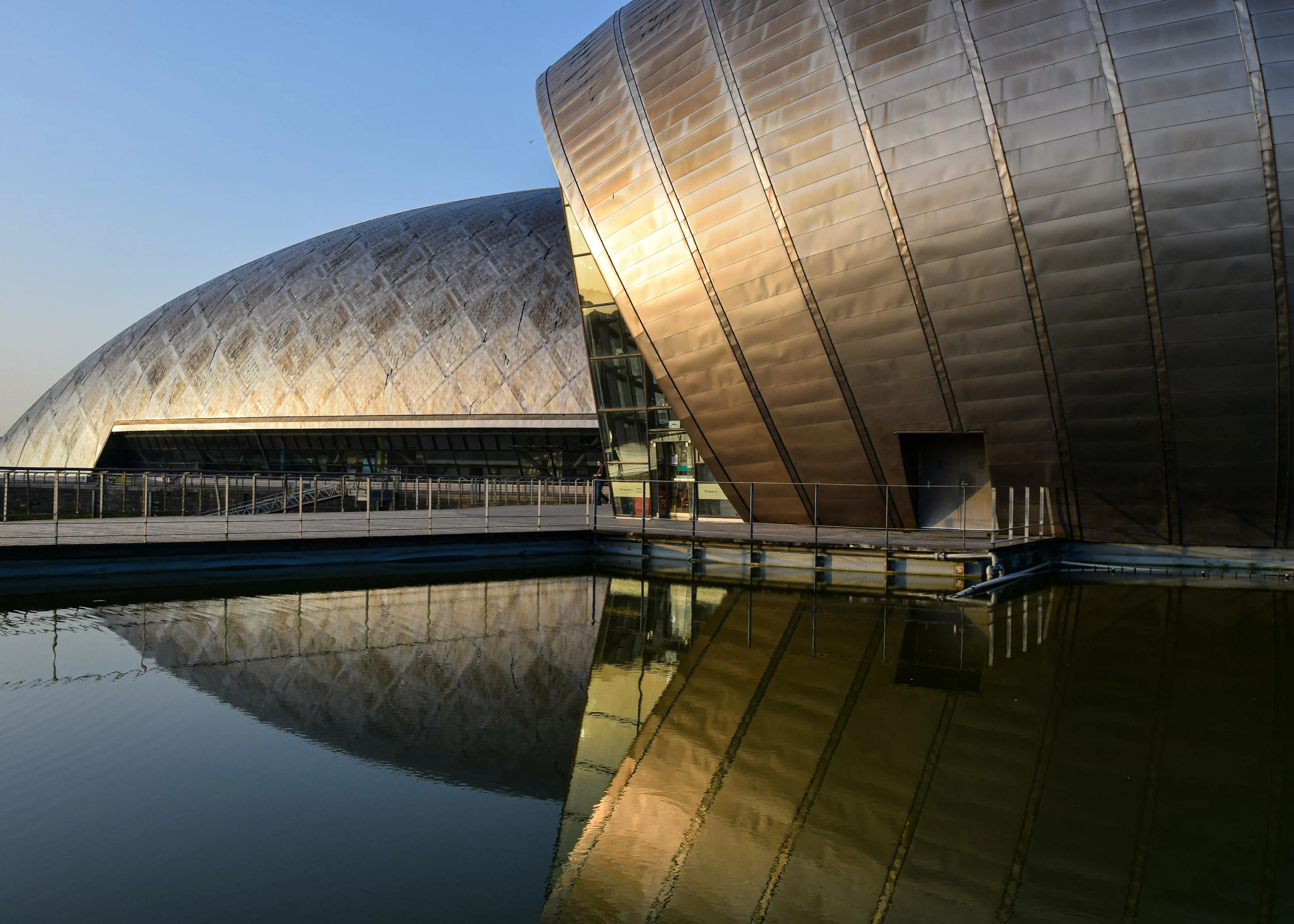You've probably heard a lot about COP26, the environment conference, which is taking place in Glasgow next month.
If you’re wondering what it is and what the world’s hoping to get out of it, here’s First Mile’s brief, no-nonsense summary.
What is COP26?
COP26 is the 26th United Nations Climate Change conference — and the world's most important climate change summit. The conference’s full name is the United Nations Climate Change Conference of the Parties, but because this is a bit of a mouthful it’s just known as ‘COP’.
Hosted by the UK (in partnership with Italy), COP26 will officially open on Sunday, 31st October and end on Friday, 12th November.
Why do we need a climate change conference?
The world is warming up, thanks to emissions from fossil fuel. In fact, the last ten years have been the warmest on record. This has resulted in more extreme weather events connected to climate change.
Governments agree that we need to take immediate collective action.
What’s been happening in the run-up to COP26?
Before the conference begins, 200 countries are drawing up their plans to reduce emissions by 2030. They are all being urged to support the objective to limit the global average temperature increase to 1.5C above pre-industrial levels.
Why is it so important to keep to 1.5C?
No temperature rise is safe. In fact, every degree of warming will result in harm to human health and the natural world. That’s hard to understand when an extra degree of heat on a hot summer’s day makes little difference to us.
But when we talk about 1.5 degrees of warming, we mean an increase in the Earth’s average temperature. Some areas, like the Arctic, have already crossed that line.
And the reason why we need to keep the average temperature to 1.5C is because that’s the point of no return. It will trigger irreversible changes.
According to the IPCC, the world’s leading authority on climate science, an increase of just 1.5C will result in rising sea levels, coral bleaching and an increase in extreme weather, such as heatwaves, droughts, floods and more intense storms.
Time is running out. Unless concerted action to cut greenhouse gas emissions is taken, experts believe the 1.5C limit will be reached between 2030 and the early 2050s.
And if temperatures increase by 2C, life will become unbearable for millions of people.
What have governments been doing to prevent this?
Targets for limiting global warming were negotiated at the Paris Agreement in 2015, but it was agreed that these goals weren’t enough to keep the world safe. On the contrary, if left unchanged, they would lead to 3C or more of global warming – which would be catastrophic.
To address this issue, governments agreed to meet every five years with new commitments. The latest meet-up should have been last year, but it was delayed because of the pandemic.
What’s the Paris Agreement?
The Paris Agreement, which came out of COP21, was a watershed moment. It’s a legally binding international treaty on climate change in which all countries agreed to:
- limit global warming to “well below” 2C, while “pursuing efforts” to limit heating to 1.5C
- adapt to the impacts of a changing climate
- make money available to achieve these goals
In order to meet these aims, governments agreed on non-binding national targets to reduce, or limit, the growth of greenhouse gas emissions by 2030. These targets are known as nationally determined contributions (NDCs).
Before COP26, all countries are being encouraged to make changes to their NDCs in order to attain 1.5C, the lesser of the two Paris goals. The present NDCs would result in a 16% increase in emissions.
What are COP26’s objectives?
Much of this year’s climate conference will focus on delivering the goals set out in the Paris Agreement, as well as moving the UN Climate Change process forward. Its stated objectives are to:
- secure global net zero by mid-century and keep 1.5C within reach
- adapt to protect communities and natural habitats
- mobilise finance in order to fund the above goals
- work together to make these hopes reality
Why is this year’s COP so important?
This conference has been called our last hope to reverse the climate crisis. We only have nine years left to get climate change under control and avoid its worst consequences.
The sobering truth is that countries are not even achieving the insufficient targets set out in the Paris Agreement. If they do manage to meet those targets, we are still heading for a 2.7C hotter world.
What’s the world hoping to get out of COP26?
Of course, people around the world have conflicting hopes for COP26. But most people who follow the science want less talk and more action — immediate and drastic action.
This means hoping for concrete plans from all countries to keep global warming to 1.5C. We need to essentially cut fossil-fuel emissions in half by 2030. This will mean phasing out coal, cutting down fewer trees, investing in renewable energy and transitioning to electric vehicles.
We also need to see commitments to making adaptations that will protect ecosystems and people from the impacts of climate change.
And developed countries need to honour their promise to mobilise $100bn (£73bn) in order to support developing countries to achieve the net zero goal.
It’s easy to get disheartened about the climate crisis, but we have good reasons to be optimistic about what COP26 could achieve. Already, China has announced that it will stop building coal plants overseas and the US has doubled its climate finance pledge.
COP26 could, and should, lead to significant changes to our everyday lives which will lead to a safer, more sustainable, world.



